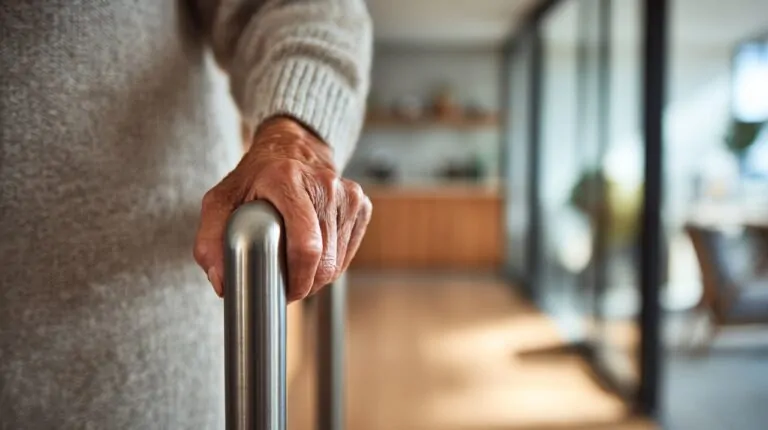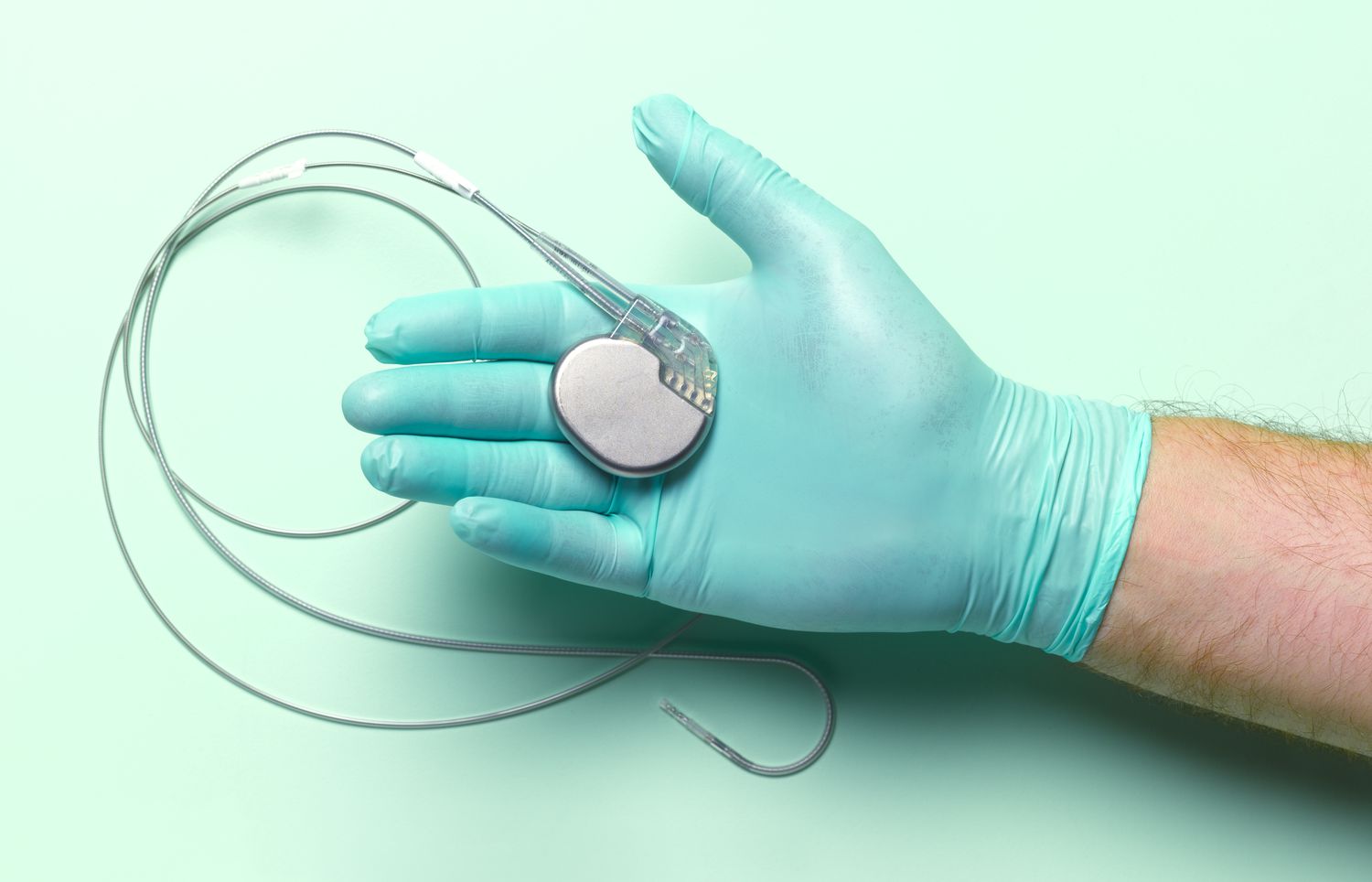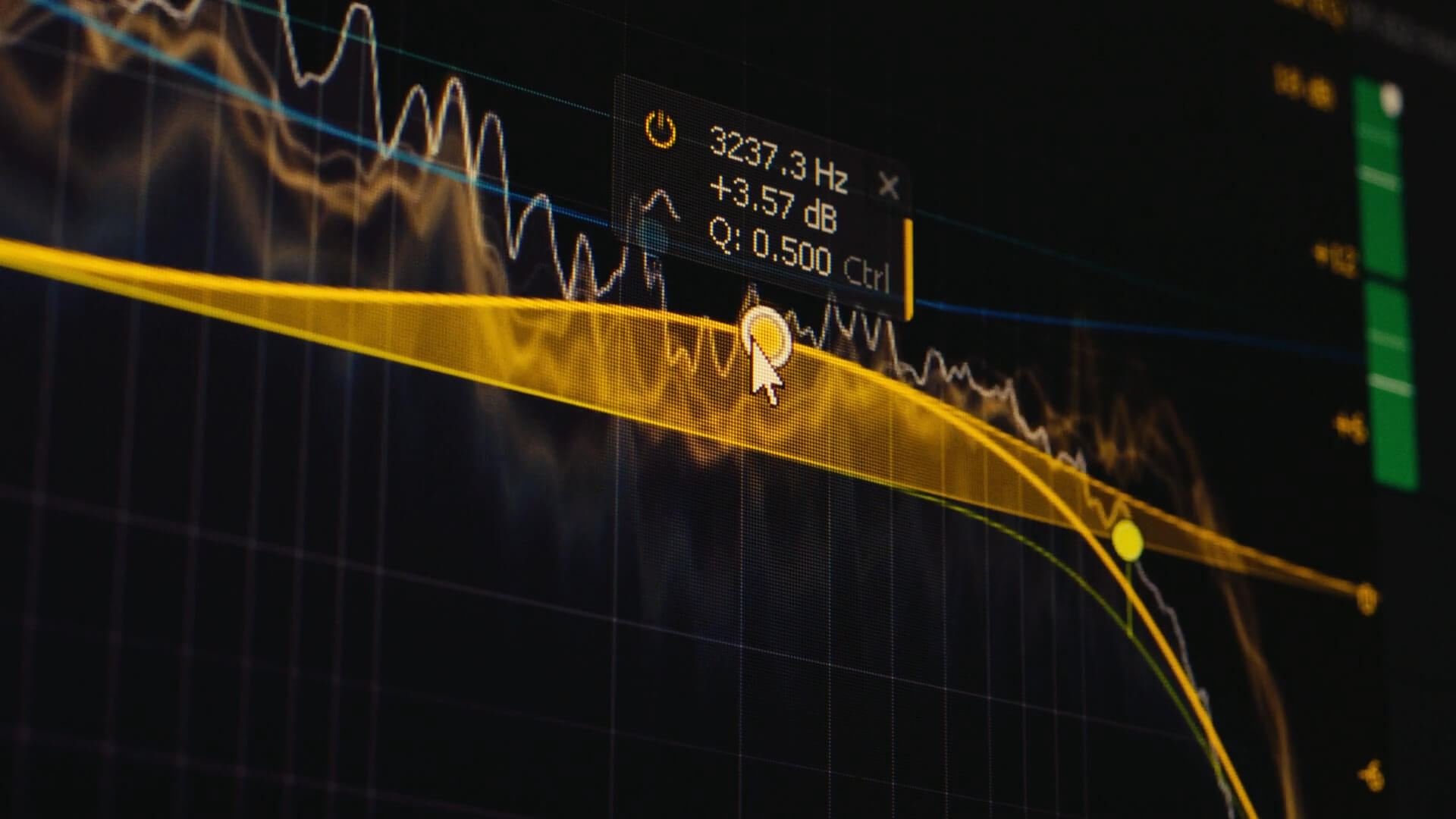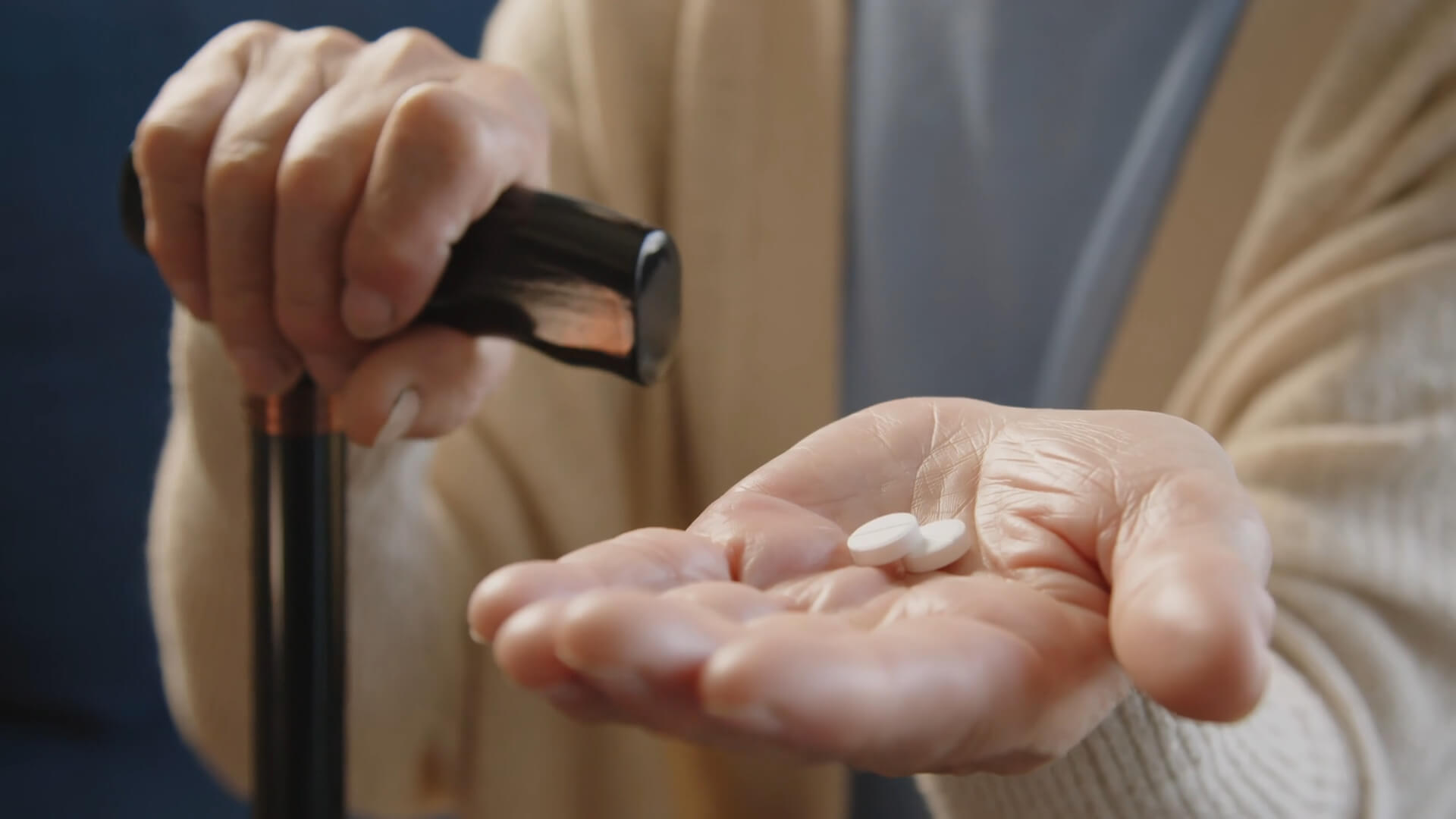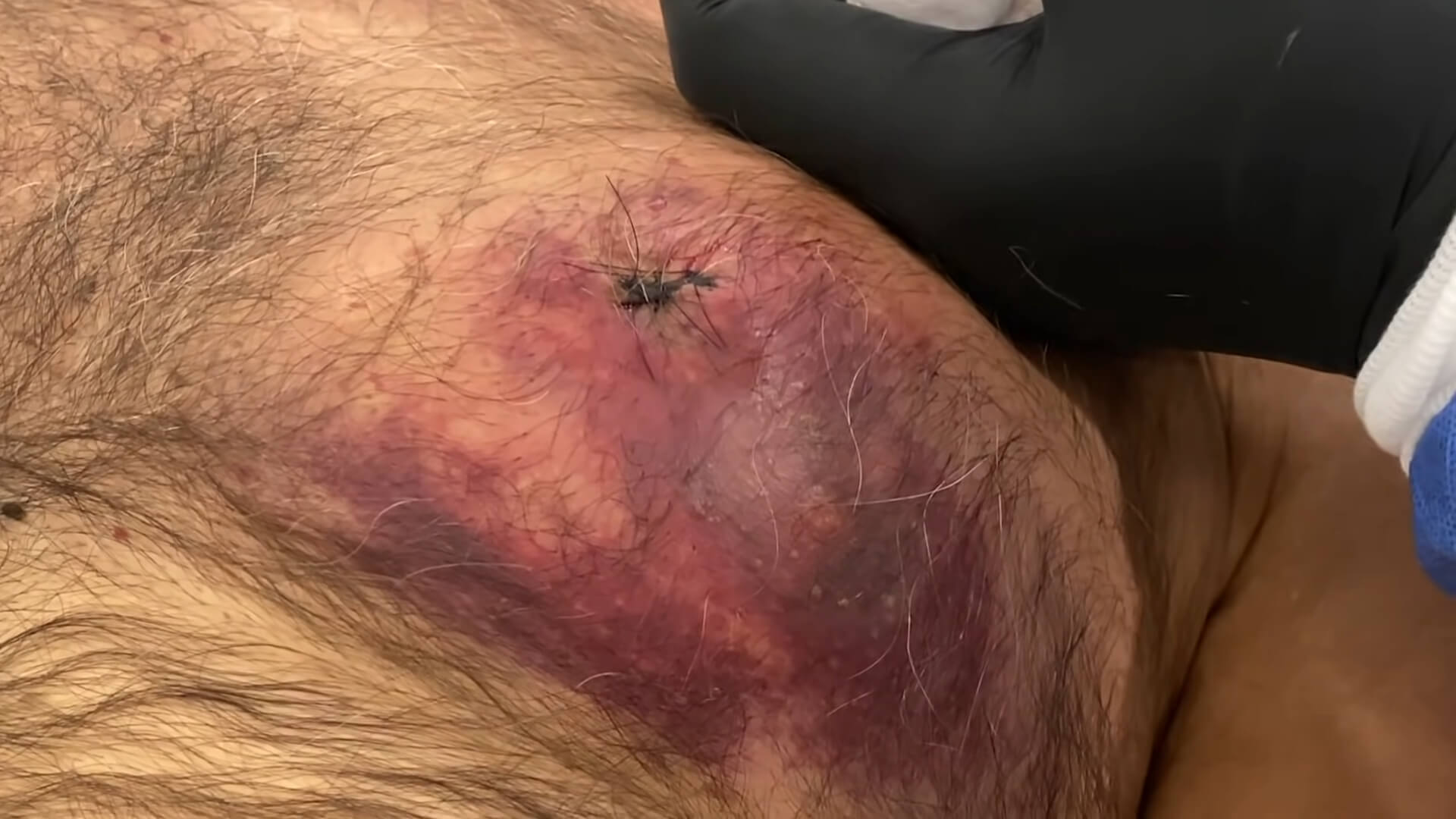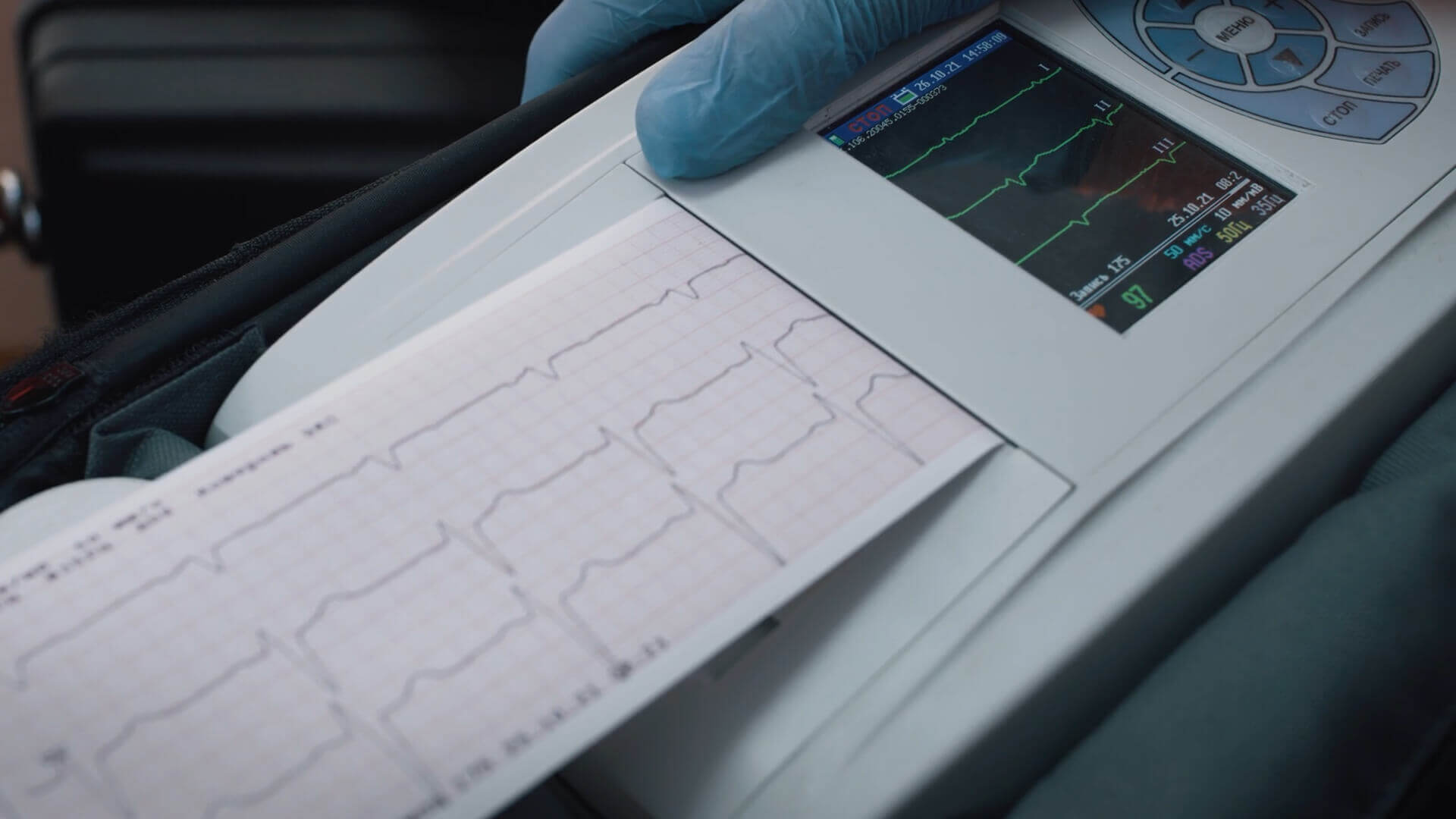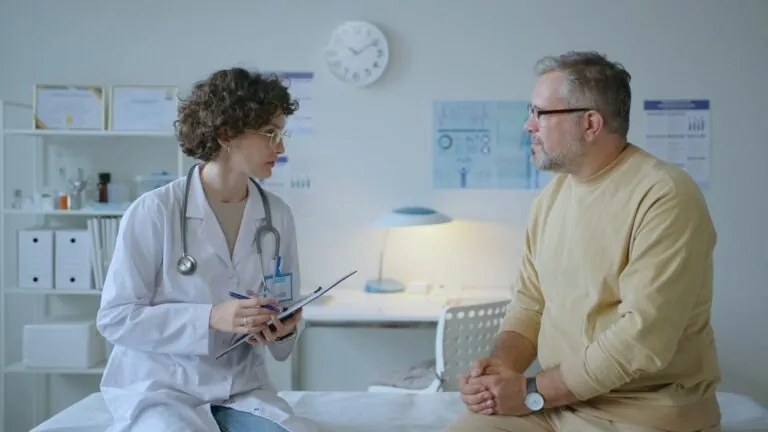When an elderly person has pacemaker surgery, it’s a big event for them and their family. The surgery might be minor, but the recovery can take some time. It’s normal for them to feel sore and tired in the first few days after the procedure.
They might need more help with everyday activities, like getting dressed or moving around the house. The recovery process is about getting back to normal life, and it might take a few weeks.
Helping someone through this doesn’t require medical training. It’s about being supportive, making sure they’re comfortable, and keeping an eye out for anything unusual.
With patience and following the doctor’s advice, they will likely recover well and get back to their routine soon.
Key Takeaways
- Elderly patients recovering from pacemaker surgery may need help with daily activities and close monitoring for complications to ensure a smooth recovery.
- Regular check-ups and follow-up visits are crucial for adjusting the pacemaker and monitoring the patient’s heart health.
- Recovery times can vary, but with proper care, most elderly patients can return to their normal routines within a few weeks.
What to Expect Right After Surgery?
After pacemaker surgery, elderly patients generally stay in the hospital for observation, typically for 1-2 days. This period allows the medical team to monitor the patient’s heart rhythm and ensure that the pacemaker is functioning correctly.
The procedure itself usually lasts between 1 to 2 hours and is conducted under local anesthesia, with some patients also receiving light sedation to keep them comfortable.
Immediate Post-Surgery Care
- Monitoring: In the hours following surgery, the patient’s heart rate and pacemaker function are closely monitored. Any initial adjustments to the pacemaker’s settings might be made based on the patient’s specific heart rhythm needs.
- Pain Management: Patients might experience some discomfort or mild pain at the incision site. Pain relief is generally managed with over-the-counter pain medications, although stronger painkillers may be prescribed if needed.
Restrictions and Care Instructions
- Arm Movement: It’s important that the patient avoids lifting their arm above shoulder level on the side where the pacemaker was implanted for the first 4-6 weeks. This helps prevent any displacement of the pacemaker leads.
- Driving: The patient will be advised not to drive for at least six weeks after the surgery. This precaution is taken to prevent any sudden movements or strain that might affect the healing process.
Potential Complications
While complications are uncommon, the elderly should be closely monitored for signs such as swelling, redness, or excessive pain at the incision site, which could indicate an infection. Other symptoms like dizziness, breathlessness, or prolonged weakness should also be reported to a doctor immediately.
Follow-Up Care
After being discharged, a follow-up appointment is usually scheduled within 4-6 weeks to check the pacemaker’s performance and make any necessary adjustments. Regular check-ups will then continue every 3-12 months.
Helping with Daily Activities During Recovery
During the recovery period after pacemaker surgery, elderly patients often need extra help with their daily activities. The level of assistance required will vary depending on the patient’s overall health, mobility, and the presence of any other medical conditions.
Mobility and Movement
- Restricted Arm Movement: As part of the recovery, patients are typically instructed not to lift their arm above shoulder level on the side where the pacemaker was implanted for the first 4-6 weeks. This means they may need help with tasks that require raising their arm, such as reaching for items on high shelves or putting on certain types of clothing.
- Walking and Physical Activity: Light walking is usually encouraged soon after surgery to promote circulation and prevent blood clots. However, more strenuous activities and heavy lifting should be avoided. Assistance might be needed to help the patient get up from a seated position or to walk safely, especially in the first few days.
Personal Care
- Bathing and Dressing: Depending on their strength and mobility, elderly patients might need help with bathing and dressing. Care should be taken to avoid getting the incision site wet until the doctor gives the all-clear, typically after the stitches have healed.
- Medication Management: Many elderly patients are on multiple medications. Ensuring that they take their medications on time and in the correct dosage is crucial. Caregivers can help by organizing medications in a pillbox or by setting reminders.
Nutrition and Diet
- Meal Preparation: A balanced diet is important for healing. If the patient is unable to cook for themselves, caregivers should assist with meal preparation, focusing on nutritious, easy-to-digest foods. Hydration is also key, so ensure they are drinking enough fluids.
- Dietary Restrictions: Some patients may have specific dietary restrictions after surgery, especially if they have other health conditions like diabetes or hypertension. Adhering to these restrictions is important for their overall recovery.
Emotional Support and Monitoring
- Emotional Well-being: Recovering from surgery can be emotionally challenging, particularly for elderly patients who may feel anxious or uncertain about their recovery. Providing emotional support, companionship, and reassurance can make a big difference in their overall well-being.
- Monitoring for Complications: Caregivers should watch for any signs of complications, such as unusual swelling, redness at the incision site, or changes in the patient’s mood or energy levels. Promptly reporting any concerns to the healthcare provider is essential.
Watching for Any Complications
Monitoring for complications is a critical part of the recovery process after pacemaker surgery, especially for elderly patients. Although complications are uncommon, being aware of the signs and knowing when to seek medical attention can make a significant difference in the patient’s recovery.
Common Complications
- Infection: One of the most common risks is an infection at the site where the pacemaker was implanted. Signs of infection include redness, swelling, warmth around the incision, or pus drainage. A fever lasting more than a couple of days may also indicate an infection.
- Hematoma: Some patients may develop a hematoma, which is a collection of blood outside the blood vessels, leading to bruising and swelling around the pacemaker site. While small hematomas usually resolve on their own, larger ones may need medical intervention.
- Lead Displacement: The pacemaker leads, which are the wires connecting the device to the heart, can occasionally move from their intended position. Symptoms of lead displacement include abnormal heart rhythms, dizziness, or a noticeable change in the functioning of the pacemaker.
Symptoms to Watch For
- Breathlessness and Chest Pain: If the patient experiences breathlessness, chest pain, or discomfort that wasn’t present before the surgery, it could be a sign that the pacemaker isn’t working properly or that there’s an issue with the heart itself.
- Dizziness and Fainting: These symptoms might indicate that the pacemaker isn’t regulating the heart rate as it should, potentially due to lead displacement or device malfunction.
- Prolonged Weakness or Fatigue: While some tiredness is expected after surgery, prolonged or severe weakness might suggest a problem with the pacemaker’s effectiveness or another underlying issue.
When to Contact a Doctor?
If any of these symptoms arise, it’s important to contact a healthcare provider immediately. Early intervention can prevent more serious complications and ensure that the patient’s recovery stays on track.
When to Schedule Follow-Up Visits?
Follow-up visits are a crucial part of the recovery process after pacemaker surgery, especially for elderly patients. These visits allow the healthcare provider to monitor the pacemaker’s performance, make any necessary adjustments, and ensure that the patient’s heart is functioning as it should.
Initial Follow-Up Visit
- Timing: The first follow-up appointment usually occurs about 4-6 weeks after the surgery. This visit is essential to check how the patient is healing and to review the initial performance of the pacemaker.
- What to Expect: During this visit, the cardiologist will assess the pacemaker’s settings and may perform an ECG (electrocardiogram) to ensure the device is regulating the heart rhythm effectively. Any adjustments needed to optimize the pacemaker’s performance will be made at this time.
Regular Check-Ups
- Frequency: After the initial follow-up, subsequent visits are typically scheduled every 3 to 12 months, depending on the patient’s condition and how well the pacemaker is working. For elderly patients, these regular check-ups are particularly important to detect any changes in heart function early.
- Device Monitoring: Most modern pacemakers have the ability to store data about the patient’s heart rhythms, which can be reviewed during these visits. This data helps the cardiologist determine if the pacemaker settings are optimal or if adjustments are necessary.
Remote Monitoring
- How It Works: Some pacemakers allow for remote monitoring, where data from the device can be transmitted to the healthcare provider without the need for an in-person visit. This can be particularly beneficial for elderly patients who may have difficulty traveling to the doctor’s office.
- Benefits: Remote monitoring can provide real-time updates on the patient’s heart health, allowing for quicker intervention if any issues arise. It also reduces the frequency of in-office visits, which can be more convenient for both patients and caregivers.
FAQs
What can I do if my parent is afraid of pacemaker surgery?
It’s common for elderly patients to feel anxious about pacemaker surgery. Reassure them by explaining the benefits of the surgery and how it can improve their quality of life. Involve them in discussions with their doctor so they can ask questions and express their concerns. Having a supportive family member present can also help ease their anxiety.
How long does it take for an elderly person to fully recover from pacemaker surgery?
While many elderly patients start feeling better within a few days, full recovery can take several weeks. Most patients are able to return to their normal activities within four to six weeks, but this can vary depending on their overall health and any other medical conditions they may have.
Can elderly patients with a pacemaker still exercise?
Yes, but they should avoid strenuous activities and heavy lifting for the first 4-6 weeks after surgery. Light exercises like walking are generally encouraged. Always consult with the doctor before starting any new exercise routine.
Is it normal for elderly patients to feel tired after pacemaker surgery?
Yes, it’s common for elderly patients to feel tired or fatigued after pacemaker surgery. However, if the fatigue is severe or lasts longer than expected, it’s important to consult with the doctor to rule out any issues with the pacemaker or other underlying conditions.
Can people go through airport security with a pacemaker?
Yes, they can. However, the metal in the pacemaker might trigger the alarm in metal detectors. It’s a good idea for them to carry their medical ID card and inform security personnel about their pacemaker before going through security checks.
Last Words
Recovering from pacemaker surgery is a process that requires careful attention, especially for elderly patients. While the surgery itself is typically minor, the recovery period can vary, with some patients returning to normal activities within a few weeks and others needing more time.

